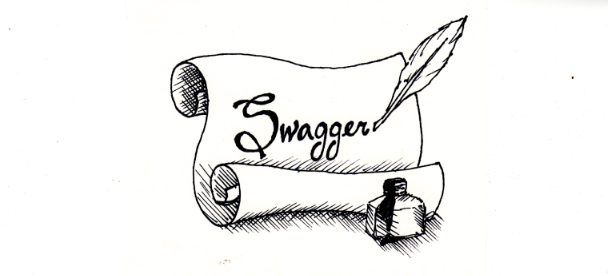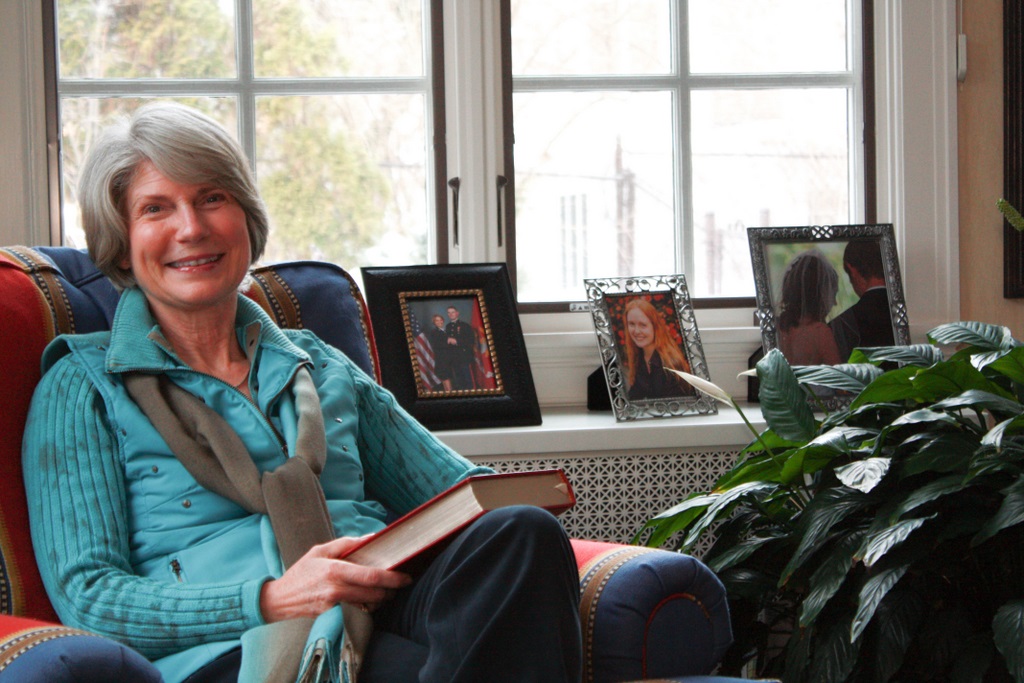When a subject is highly controversial... one cannot hope to tell the truth. One can only show how one came to hold whatever opinion one does hold. One can only give one's audience the chance of drawing their own conclusions as they observe the limitations, the prejudices, the idiosyncrasies of the speaker.
-Virginia Woolf
A few posts back, Kim wrote about the Trayvon Martin case. She compared the writer’s power to that of a loaded gun. Her concern was media spin and the way writing can alter a public opinion.
I agree. Our own bias creeps into our writing.
In fact, a couple of key words can manipulate the meaning in a sentence. A good example is the concern that the public "rushed to judgment" in the Trayvon Martin case. Here, the word “rushed” implies that the public response has been too hasty. And the word “judgment” leaves the impression that the reaction is unfair.
If instead, the sentence were constructed to read, "the public responded with concern,” the implication would be one of justified anxiety rather than rash opinion. It's subtle, but those word choices influence the reader.
Over the past few weeks, we have seen the public response to the Trayvon Martin tragedy described in different ways by different sources.
William Bennet at CNN, also described the public's response as a "rush to judgment." But
Marcus Breton of the Sacramento Bee wrote, "National outrage speaks to public doubt of Zimmerman's self-defense claim.
Though both men were writing about the same topic, the variance in their word choices gave the reader two different stories.
I worried about this after reading Kim's post. My own story about the Trayvon Martin case would have been written using different words. And while I kind of think we're off on a tangent by discussing this topic on this particular blog, I hope that a different perspective can be welcomed and pondered with kindness.
So, with great respect and love to Kim (without whom there would be no Swagger blog), this is my perspective and mine alone.
A Few Facts
Leaving race and ethnicity out of it, the facts of the incident have clearly raised some red flags in our country.
· Though Zimmerman’s legal defense of his actions is self-defense, there is no proof that George Zimmerman was being threatened or sustained any injuries during his altercation with Trayvon Martin
· Trayvon Martin was unarmed
· Police dispatchers told the neighborhood watchman, Zimmerman, not to follow Trayvon Martin - to wait for the police, but Mr. Zimmerman continued to follow Martin
· Trayvon Martin was shot and killed
But the sad fact is, we rarely leave race and ethnicity out of it.
On the Meanings of the Words Race and Ethnicity
Understanding the difference between the terms "race" and "ethnicity" might shed a bit of light here:
Ethnicity is a term that indicates a country of origin (i.e. Italian or Mexican) or religion (i.e. Jewish or Muslim.)
Race refers to physical features that society perceives as “black” or “white.”
So, in this case, society looks at Trayvon Martin and sees him as a "black" kid because of his physical features, or society's perception of his appearance.
We are also hearing a lot about the controversy of perception based on appearance, and in some cases, seeing examples of biased images in addition to predisposed text. In the greater media, this is being referred to as the "hoodie" dispute, as some have maintained that wearing a hoodie implies something inherently threatening.
I wear a hoodie (my husband's old, ratty, caked-with-breakfast, dark blue one) every morning when I drive my kids to school. It's comfy and warm. I'm so attached to it that I have a name for it. I call it my "wubby." Nobody looks afraid or crosses the street. So why am I non-threatening in a hoodie but a young "black" man isn't?
Jon Stewart made
this tongue in cheek commentary on the hoodie issue.
And his last name, Zimmerman, well that sounds kind of Jewish.
And while Jews in this country were certainly not considered racially "white" a hundred years ago, most Jews are now perceived as part of the white “race.” This is true of other ethnic groups as well – Polish, Italians, Irish – all of these ethnic groups were once viewed with the kind of hairy eyeball with which we see Mexicans today.
Here’s another wrench in the race debate: Most “black” people in America often have enough biological indicators to prove they are made up of as much European (white) descent as African (black) descent. So if the genetic make up of a person is 50% African and 50% European, or like Zimmerman 50% "white" and 50% Peruvian, what race are they? Well, in America, we all seem to agree on the answer to this question.
Just look at our “black” president.
Yes, there’s the rub. Race is a social construct. It’s fabricated. We make race up as we go, based on individual and collective opinion of a person’s appearance.
There is no such thing as race.
But that doesn’t mean that there is no such thing as racism.
On Racism
Many people today believe that we live in a post racist society. But it’s hard to deny that racism seeps into the way we think, act and write when we look at
statistics.
And sometimes, we don't recognize it in writing.
For example, in the sentence, “
most African Americans are shot by other African Americans. But that little factoid hasn’t gotten much attention,” there may be an unwitting racist implication. According to
Mirriam-Webster, a factoid is 1.
an invented fact believed to be true because it appears in print. or 2. a briefly stated and usually trivial fact.
But black on black crime isn’t an invented fact nor is it trivial.
In fact,
research shows that crime rates in general have a closer relationship to social class, developmental experiences, age and gender than race.
Back to Writing
It is important to write about this. But in our text, each word choice is a potentially biased decision with the power to sway the reader to whatever the true opinion of the writer might be.
Kim's bringing the Trayvon Martin case to our blog posed a challenge for me because our views were diverse and because the topic is in the realm of my profession as a humanities professor. I was saddened to see that even here in our ostensibly safe little writing blog, the pain that these thorny discussions of race can cause are ever present.
In the end, the only solution is to allow the debate, to be respectful but to carefully question each others assumptions, and to be mindful about the writing we read and the writing we produce.
Juliet Bond
















